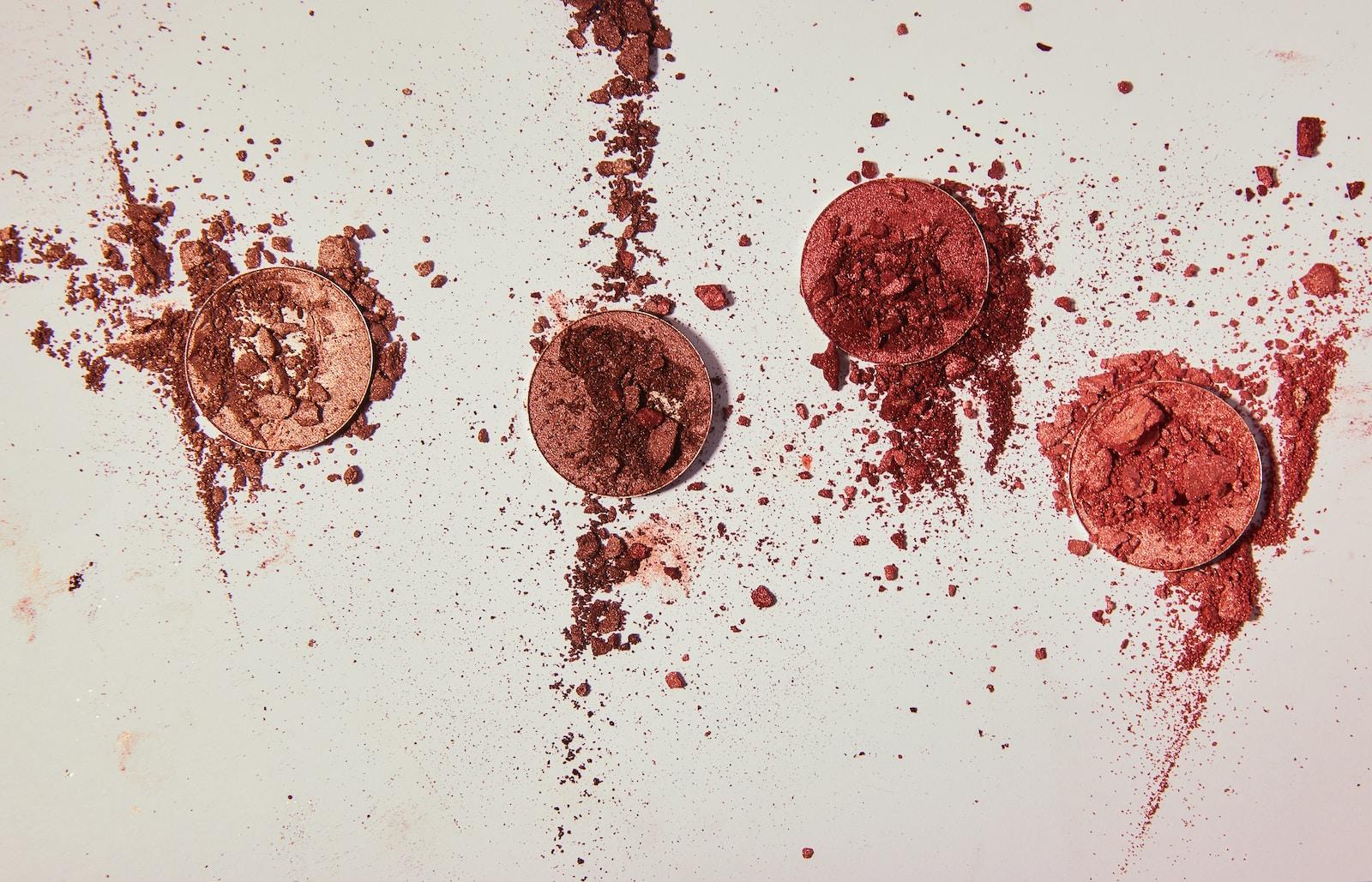Clean Beauty 101: Essential Makeup Ingredients to Avoid for a Healthier Beauty Routine

Transitioning to a lifestyle with reduced or no alcohol consumption is a transformative choice that often leads to an increased focus on well-being. As you prioritize your health, it’s not just about what goes into your body but also what you put on your skin. Clean beauty, a movement emphasizing safer and more natural cosmetics, aligns perfectly with this journey.
Finally, a list of essential makeup ingredients to avoid for a healthier beauty routine, tailored to those who’ve recently decided to drink less or no alcohol! (You may want to bookmark this page!)

Parabens: The Preservative Pitfall
These are synthetic preservatives used to extend the shelf life of products. They have been linked to hormone disruption and have been found in breast cancer tissue.
Phthalates: A Fragrance Mystery
These are often used in fragrances and can be hormone disruptors, potentially causing reproductive and developmental problems.
Formaldehyde: The Hidden Offender
This is a preservative that can be found in some nail polishes and hair products. It is a known carcinogen and can also cause skin irritation. It can irritate the skin and eyes. Look out for formaldehyde-releasing ingredients like DMDM hydantoin, imidazolidinyl urea, and diazolidinyl urea on product labels.
Talc: Transparency Concerns
Talc, often found in face powders and eyeshadows, can sometimes be contaminated with asbestos, a known carcinogen. Choose makeup brands that rigorously test their talc products for asbestos contamination or opt for talc-free alternatives.
Sodium Lauryl Sulfate (SLS)

This is a foaming agent often found in cleansers and shampoos. It can be harsh on the skin and cause irritation and dryness. It’s an organic compound with the chemical formula C12H25SO4Na. SLS is known for its ability to create foam and lather, making it a popular ingredient in products like shampoos, body washes, toothpaste, and cleaning agents.
Oxybenzone and Octinoxate: Sunscreen Woes
These chemical sunscreen ingredients are commonly found in foundations and lip products with SPF. They have been linked to coral reef damage and may have health concerns. Opt for mineral sunscreen ingredients like zinc oxide or titanium dioxide.
Mineral Oil: A Barrier to Avoid

Mineral oil is a common ingredient in many makeup products, particularly lipsticks and lip glosses. While it acts as a barrier, it can also clog pores and interfere with the skin’s natural functions. Seek makeup products that use plant-based oils instead.
Ethanolamines: Lathering Up with Care
Ethanolamines, such as DEA (diethanolamine), MEA (monoethanolamine), and TEA (triethanolamine), are often used in cosmetics as emulsifiers and pH adjusters. They can irritate the skin and potentially react with other chemicals to form carcinogenic compounds. Look for products without these ingredients.
Artificial Colors: The Rainbow Riddle

Artificial colors, often labeled as FD&C or D&C followed by a color and a number, can cause skin irritation and allergic reactions. Prioritize makeup with natural pigments or mineral-based colorants.
Silicone: The Slippery Slope
While not inherently harmful, silicone can create a barrier on the skin that may trap debris and clog pores, leading to breakouts. If you’re prone to acne or want a cleaner alternative, consider silicone-free makeup.
Final Takeaway
It’s important to note that not all of these ingredients are necessarily harmful or cause issues for everyone. However, if you have concerns or sensitivities, it’s always a good idea to read the labels and do some research before purchasing makeup products.


